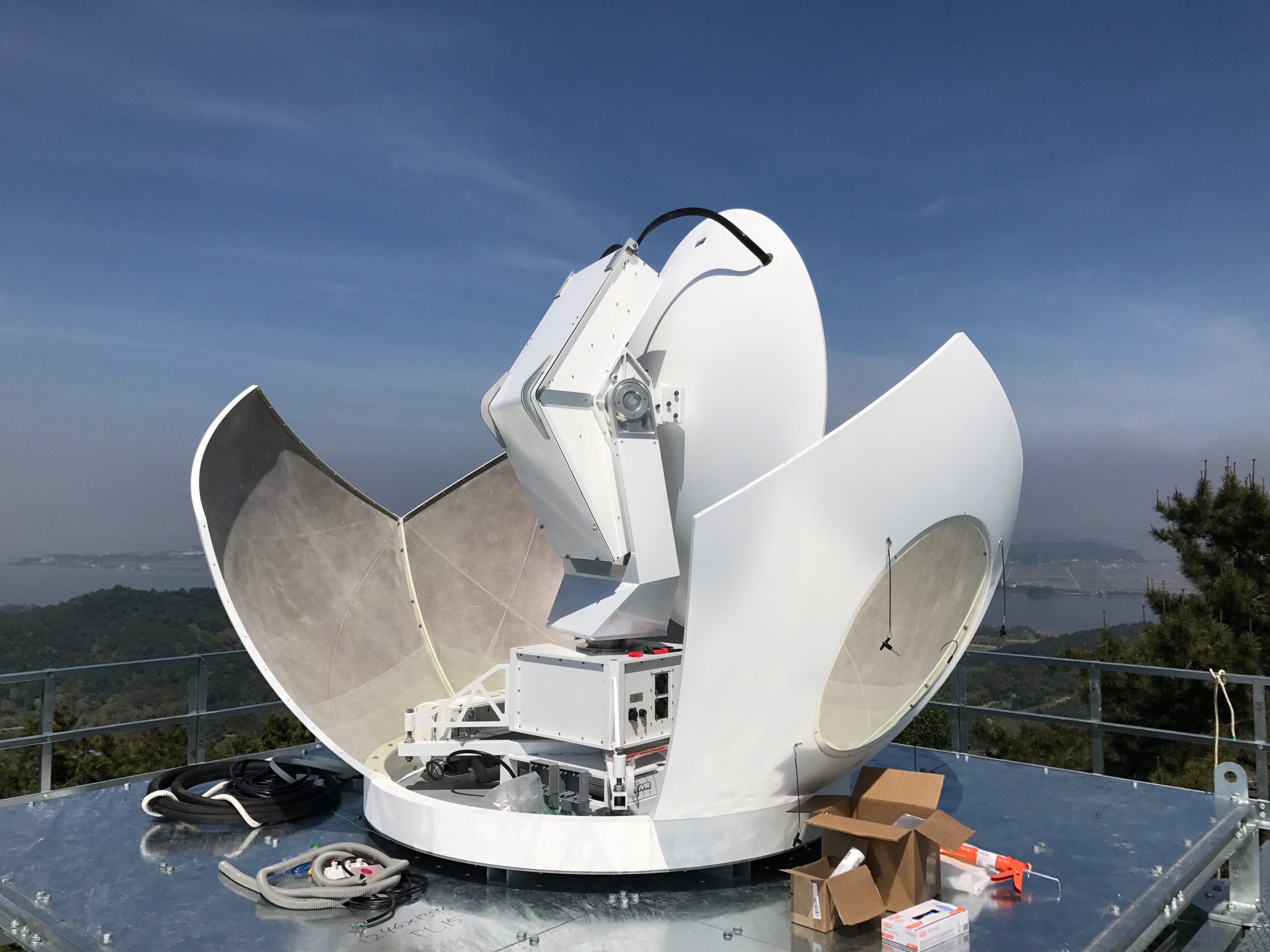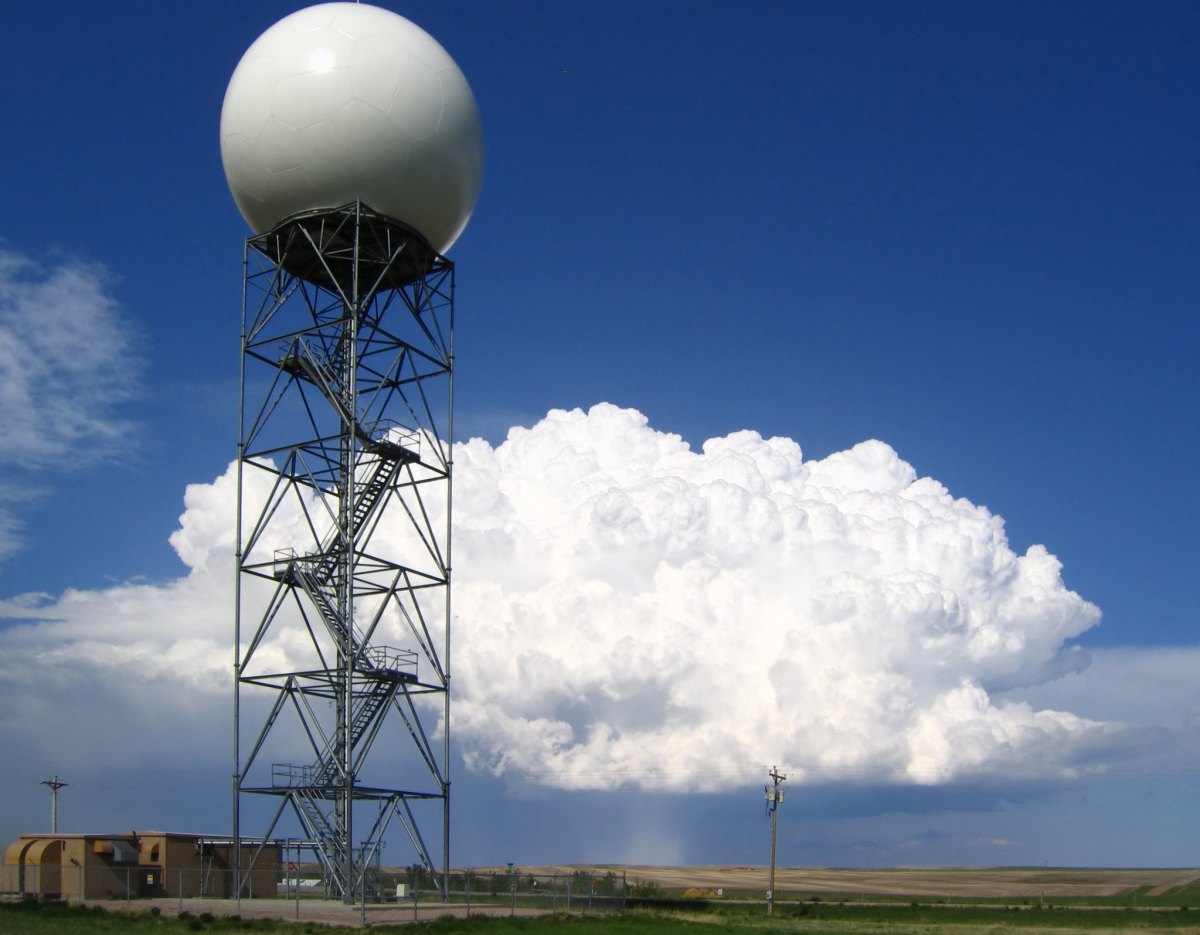Weather Radar Applications

Weather radar is a powerful tool used by meteorologists to track and forecast precipitation and severe weather. It plays a vital role in protecting lives and property by providing early warnings and enhancing safety in various industries.
Precipitation Forecasting and Tracking
Weather radar is used to detect and track precipitation, such as rain, snow, and hail. By measuring the intensity and movement of precipitation, meteorologists can forecast its path and predict its potential impact on communities. This information is crucial for flood warnings, agricultural planning, and water resource management.
Severe Weather Detection and Warning Systems
Weather radar is essential for detecting and tracking severe weather events, such as tornadoes, hurricanes, and thunderstorms. It provides real-time information about the location, intensity, and movement of these storms, allowing meteorologists to issue timely warnings and evacuation orders.
Aviation, Transportation, and Other Industries
Weather radar is used in aviation to enhance safety and optimize flight operations. It helps pilots avoid hazardous weather conditions, such as thunderstorms and turbulence, and provides information on wind patterns and precipitation. In transportation, weather radar is used to monitor road conditions, optimize traffic flow, and prevent accidents caused by adverse weather.
Weather Radar Data Analysis

Weather radar data analysis plays a crucial role in understanding and predicting weather patterns. It involves examining and interpreting various data parameters, such as reflectivity, velocity, and spectral characteristics, to identify and characterize different weather phenomena.
Reflectivity Analysis, Weather radar
Reflectivity data measures the intensity of radar echoes, indicating the amount of precipitation in the atmosphere. Higher reflectivity values correspond to more intense precipitation, such as thunderstorms or hail. Reflectivity analysis helps identify precipitation areas, estimate rainfall rates, and distinguish between different types of precipitation, such as rain, snow, or hail.
Velocity Analysis
Velocity data provides information about the movement of precipitation particles. Doppler radar technology enables the measurement of radial velocity, which indicates the speed and direction of precipitation toward or away from the radar. Velocity analysis helps identify wind patterns, detect wind shear, and track the movement of weather systems, such as hurricanes or tornadoes.
Spectral Analysis
Spectral analysis examines the distribution of radar echoes across different frequencies. It provides information about the size and shape of precipitation particles, as well as the presence of turbulence or other atmospheric phenomena. Spectral analysis helps distinguish between different types of precipitation, such as stratiform rain or convective thunderstorms, and can provide insights into the microphysical processes occurring within weather systems.
Limitations and Challenges
Weather radar data analysis is not without its limitations. Factors such as beam blockage by terrain, attenuation due to precipitation, and ground clutter can affect data accuracy and interpretation. Additionally, radar data is limited to the range and elevation of the radar beam, which can result in blind spots or gaps in coverage.
To overcome these challenges, advanced techniques such as beamforming, signal processing algorithms, and data assimilation are employed to improve data quality and extend the range of radar observations. Collaborative networks of weather radars and integration with other weather observation systems also enhance the accuracy and reliability of weather radar data analysis.
Weather radars, sentinels of the sky, scan the atmosphere, their electromagnetic eyes piercing through clouds to unveil hidden patterns. For those seeking a glimpse into the weather of Louisville, Kentucky, a beacon of information awaits at weather louisville ky.
Here, the symphony of data translates into forecasts that guide our daily lives, helping us navigate the ever-changing tapestry of the heavens.
Weather radar, a vigilant sentinel in the celestial tapestry, scans the skies with unwavering precision. Its electronic gaze extends far beyond the horizon, painting a vibrant canvas of approaching storms and serene intervals. Like a celestial cartographer, it charts the course of weather patterns, offering invaluable insights for those seeking a glimpse into the meteorological future.
For a detailed forecast of weather in Lexington, Kentucky, navigate to weather lexington ky , where weather radar data is meticulously translated into actionable information, empowering you to plan your days with confidence.